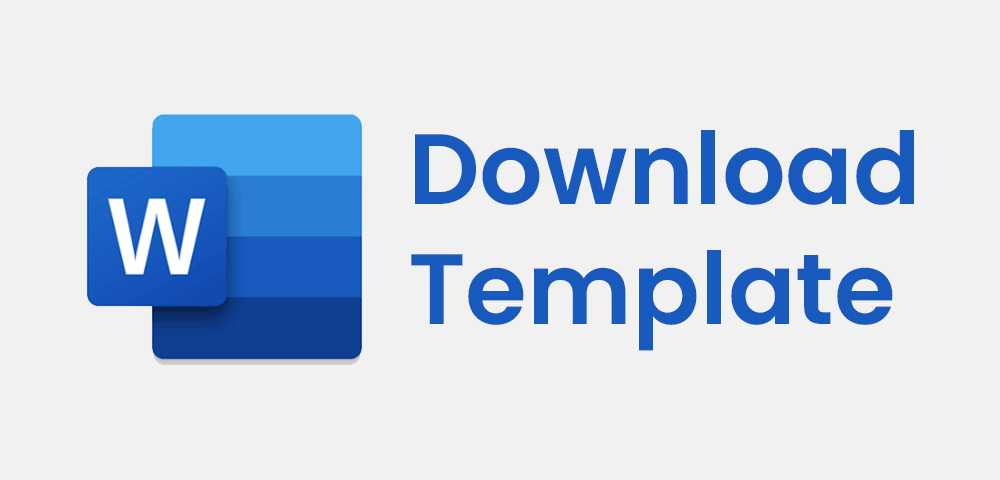STUDI KOMPARATIF TERJEMAHAN BUKU MULAKHKHAS{ QAWA’ID AL-LUGHAH AL-‘ARABIYYAH KARYA FUAD NI’MAH OLEH ABU AHMAD DAN QUILLBOT.AI
Abstract
This study aims to compare the translation quality of Arabic texts from Mulakhkhas Qawa’id Al-Lughah Al-‘Arabiyyah by Fuad Ni'mah, translated by Abu Ahmad Al-Mutarjim and by the machine translation tool QuillBot.Ai. A qualitative descriptive approach is employed, using Peter Newmark's translation theory as the analytical framework, particularly focusing on the aspects of accuracy, acceptability, and clarity. The data consists of vocabulary and sentence structures analyzed to evaluate how well each translator conveys the original meaning of the text into Indonesian.The findings reveal that the human translator performs better in preserving the context, structure, and intended meaning of the original text. In contrast, QuillBot.Ai tends to produce meaning distortion and lacks conformity to proper linguistic norms in Indonesian. This suggests that although machine translation can assist in translation tasks, human intervention remains crucial, especially in translating scientific and religious texts.This study contributes to the understanding of the limitations of machine translation and recommends further research into human-machine collaboration in translation practices.
Keywords
Full Text:
PDFReferences
Suhardiman, Sani., Anggry Giri Prawiyogi., Dedy Frianto., Bunga Putri Maulia., Zhuldiz (2016). Need A Translation? AI or Human. The Conference of EFL Studies (Coefls) 1(1), 1–23.
Arffman, I. (2012). Unwanted Literal Translation: An Underdiscussed Problem in International Achievement Studies. Education Research International, 2012, 1–13. https://doi.org/10.1155/2012/503824
Baker, M., Cronin, M., Grego, K., Miguel, A., Smith, K. G., Olk, H. M., Mangiron, C., & Hagan, M. O. (2016). Translation, Second Edition.
Bareq Raad Raheem, Farheen Anjum, & Zanyar Nathir Ghafar. (2023). Exploring the Profound Impact of Artificial Intelligence Applications (Quillbot, Grammarly and ChatGPT) on English Academic Writing: A Systematic Review. International Journal of Integrative Research (IJIR), 1(10), 599–622. https://doi.org/10.59890/ijir.v1i10.366
Dong, Y. (2022). Introduction to Translations. In Curator (Vol. 65, Issue 2). https://doi.org/10.1111/cura.12479
Hieu, Tran Thi Trung (2016). Translation Quality Assessment, By Newmark's Model With Translation Learning. Research on Economic and Integration
Empati, J., Hapsari, D. D., Ramadhani, G. Y., & Ikramullah, N. I. (2024). LITERATURE REVIEW : PENGARUH ARTIFICIAL INTELLIGENCE ( AI ) TERHADAP MOTIVASI BELAJAR PESERTA DIDIK. 13.
Ennouari, A., & Houssaini, K. (2025). Translating Cultural-Loaded Content from Arabic to English : Striking the Balance between Machine Translation and Human Expertise. January.
Ethelb, H. (2019). Thematic Analysis in Translating English and Arabic Scientific Texts. Advances in Language and Literary Studies, 10(4), 88. https://doi.org/10.7575/aiac.alls.v.10n.4p.88
Harahap, K. A. (2014). Analisis Kesalahan Linguistik Hasil Terjemahan Mesin Terjemah Google Translate dari Teks Bahasa Arab ke dalam Bahasa Indonesia. Jurnal Penelitian Agama, 15(1), 26–43. https://doi.org/10.24090/jpa.v15i1.2014.pp26-43
Isbah, F. (2023). Memahami Karakteristik Bahasa Arab Untuk Pembelajaran. Bashrah, 03(01), 1–10. https://doi.org/10.58410/bashrah.v3i01.604
Maulidiya, A. R., Abdurrahman, M., & Saleh, N. (2024). Exploring AI Capabilities in Arabic Grammar : Comparative Analysis of ChatGPT and Gemini. 11(2), 160–174.
Moorkens, J., Way, A., & Lankford, S. (2024). Neural Machine Translation. Automating Translation, June, 104–129. https://doi.org/10.4324/9781003381280-6
Mulyati, Y. (2015). Hakikat Keterampilan Berbahasa Keterampilan Berbahasa Indonesia SD. Keterampilan Berbahasa Indonesia SD, 1–34.
Newmark, P. (1989). Modern Translation Theory. Lebende Sprachen, 34(1), 6–8. https://doi.org/10.1515/les.1989.34.1.6
Prasetiadi, Y. S. (2020). Analisis Komparatif Jȃmi Ad-Durûs Al-‘Arabiyyah Dan Mulakhkhash Qawȃ’Id Al-Lughah Al-‘Arabiyyah. Kalamuna: Jurnal Pendidikan Bahasa Arab Dan Kebahasaaraban, 1(1), 64–89. https://doi.org/10.52593/klm.01.1.04
Ramadhani, A. (2022). Tahliīl Tadarruj Al-Mawād an- Nahwiyyah Fī Kitābay Mulakhas Qawā’Id Al-Lugah Al-‘Arabiyyah Wa Jāmi’ Al-Durūs Al-‘Arabiyyah (Dirāsah Muqāranah). Al Mi’yar: Jurnal Ilmiah Pembelajaran Bahasa Arab Dan Kebahasaaraban, 5(1), 73. https://doi.org/10.35931/am.v5i1.800
samsul bahri. (2016). 327228236. 14(IttihadJurnalKopertaisWilayahXIKalimantan), 86–98.
Sassani, F. (2023). Relevance of Translatability of Cultural Elements in Literary Translation based on Newmark ’ s Theory یناساس زانرف. 579–595.
Saukani, M., Anas, M., Suparno, D., Mubarak, M. Z., & Fahmi, K. (2023). Penerjemahan Komunikatif Kitab Aqidah Al Tifli Al-Muslim Karya Amr Abdul Mun’im Bin Salim. Al-Fathin: Jurnal Bahasa Dan Sastra Arab, 6(01), 19–36. https://e-journal.metrouniv.ac.id/index.php/al-fathin/article/view/5524
Sultan, U., Banten, M. H., Buku, T., Al, M., Al-Fiqhiyyah, -Qawāid, Syeikh, K., Bin, A., & As-Sa’diy, N. (2021). Uktub: Journal of Arabic Studies Teknik, Metode Dan Ideologi Penerjemahan Arab-Indonesia Dalam. Uktub: Journal of Arabic Studies, 1(2), 113–133.
Textbook, A. (2020). 3 . 3 Newmark : semantic and communicative translation. 71–73.
Umar, A. D. (2018). Bahasa Arab Nahwu - I’rab. 1–150.
Herdah., Hamsa. (2019). Al-Asma' Pengenalan Islam Dalam Bahasa Arab. PT. Raja Grafindo Persada.
Zu, M., & Dong, Y. (2015). A Brief Analysis of Communicative Translation and Semantic Translation. Jisem, 269–272. https://doi.org/10.2991/jisem-15.2015.55
DOI: http://dx.doi.org/10.30821/ihya.v11i2.25249
Refbacks
- There are currently no refbacks.
Diindeks oleh:
Jurnal Ihya Al-Arabiyah © 2015 by UIN Sumatera Utara is licensed under CC Attribution 4.0 International










